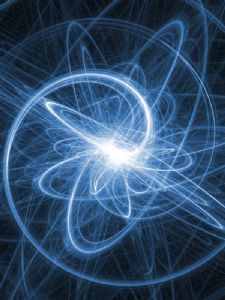

Oxford University Press, Oxfordĭatta S (1997) Electronic transport in mesoscopic systems.

Phys Rev B 65(16):165401Ĭhoy TC (2015) Effective medium theory: principles and applications, vol 165. īrandbyge M, Mozos JL, Ordejón P, Taylor J, Stokbro K (2002) Density-functional method for nonequilibrium electron transport.The performance of MTJ memory device with h-BN based composite dielectric is found better.Ītomistix ToolKit version 2016.3, QuantumWise A/S ( The MTJ device properties as tunneling-magneto resistance, differential TMR, parallel and anti-parallel resistance, differential resistance and spin transfer torque components (in-plane and out-of-plane) with these materials as composite dielectric has been reported in this paper using MTJ Lab tool. While for holes it is 0.834, 0.446 and 0.407, respectively for h-BN, Ca(OH) 2 and Mg(OH) 2. The effective mass of electrons was calculated as 0.621, 0.604 and 0.478 for single layer h-BN, Ca(OH) 2 and Mg(OH) 2, respectively. The ab initio calculation yielded band gap (E g) of 4.633, 4.685 and 4.249 eV for h-BN, Ca(OH) 2 and Mg(OH) 2, respectively. The authors have calculated the band structures, density of states and effective mass of electrons and holes for the mono-layer of these three non-conventional 2-D insulators using the first principle calculations in density functional theory framework using Quantumwise ATK tool. The use of 2-D insulators like X-(OH) 2 (X: Ca and Mg) and h-BN (hexagonal-Boron Nitride) in such device would be interesting. MTJ devices has been considered as an alternate to the charge based data storage cells due to its spin-polarised operation and high scaling probability. The paper presents an ab initio study of the 2-D insulators and their effect on the performance of a magnetic tunnel junction memory (MTJ) device.


 0 kommentar(er)
0 kommentar(er)
